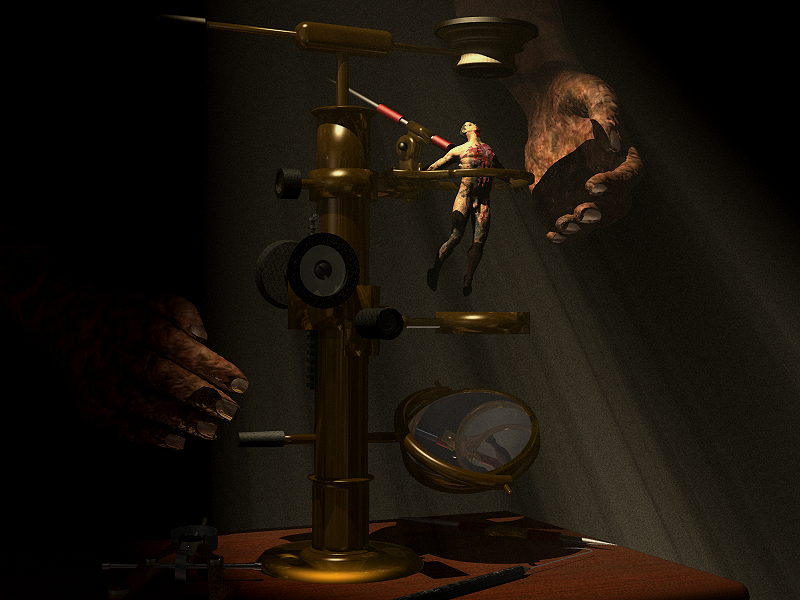
#Tiers of scrutiny free#
This case asks whether Colorado’s public-accommodation law violates the Free Speech Clause when it compels website designer Lorie Smith to design and publish same-sex wedding websites against her religious beliefs. Many more First Amendment cases have applied the tiers. Few cases have interpreted that provision. Of course, it’s one thing for the Supreme Court to reject the tiers for Second Amendment purposes. But Bruen is the first majority opinion to do so. Justices and scholars alike have criticized it, including Justices Thomas, Kennedy, and Kavanaugh, and Professors Eugene Volokh and Joel Alicea. It is atextual, ahistorical, and very discretionary.

The Constitution doesn’t mention anything about tiers or balancing. The argument against this approach jumps off the page. The approach uses a means-end analysis: did the government provide a good enough reason for acting, and did it act in a reasonable enough way? Throughout, there are a lot of categories, complications, exceptions, judgment calls, balancing, and fuzziness. In that second step, courts use a scale from hard to easy-strict scrutiny, intermediate scrutiny, rational basis-depending on what right is burdened and how.

Under the tiers-of-scrutiny approach, courts first ask whether a right is burdened by a government action and then whether the government was justified in burdening it. But does this analysis apply elsewhere? We might soon find out when the Court decides the free-speech issue in 303 Creative v. Bruen rejected the tiers-of-scrutiny approach used in some constitutional analysis and opted for a test based on text and history. Bruen’s journey though is more interesting than its destination. Bruen, the Supreme Court ruled that New York’s permit system violated the Second Amendment. If the Court’s behavior is problematic – and it is – then it is open to criticism and should be criticized.In New York State Rifle & Pistol Association, Inc. I wonder what Toobin would say about these criticisms if he addressed them rather than simply dismissing them for being critical of the Court. Likewise, it is now easier for the government to restrict judicial candidates’ campaign speech than for the Government to define marriage-even though the former is subject to strict scrutiny and the latter was supposedly subject to some form of rational-basis review. This Term, it is easier for a State to survive strict scrutiny despite discriminating on the basis of race in college admissions than it is for the same State to regulate how abortion doctors and clinics operate under the putatively less stringent undue-burden test. If our recent cases illustrate anything, it is how easily the Court tinkers with levels of scrutiny to achieve its desired result. “Strict scrutiny is now applied in unequal, arbitrary manner.” If the Court followed them consistently, then at least it would further the rule of law. Thomas’s second point is that the tiers of scrutiny are not followed consistently. Instead, liberal values supported these rights.Ģ.

Those rights certainly deserve to be enforced, but it is not clear why they are “preferred rights.”Īnd Thomas goes on to show how the Court would later enforce certain unenumerated rights, such as the right to privacy, with equal vigor, even though the Carolene Products did not justify it. There is little in the original meaning of the Constitution to justify special scrutiny to certain rights, such as the First Amendment or Equal Protection. Thomas argues that the Court, in a footnote that was “pure dicta,” attempted to justify its special treatment of certain personal liberties like the First Amendment and the right against discrimination on the basis of race. He claims that the Court has made them up, which Thomas focusing his criticism on the famous case of Carolene Products. Thomas first argues that these tiers are not in the Constitution. The Supreme Court generally employs three tiers of scrutiny: rational basis, intermediate, and strict scrutiny. Hellerstedt, Justice Thomas offers two basic criticisms of the Court’s tiers of scrutiny jurisprudence: the tiers are not in the Constitution and that they are followed only inconsistently by the Court.ġ.

In his dissent in the Court’s most recent abortion case, Whole Woman’s Health v. But in my view, Thomas’s claim is both true and damning. Toobin seems to feel that voicing the criticism of the Court is itself worthy of censure, whether or not it is true. In a prior post, I noted Jeffrey Toobin’s criticism of Justice Clarence Thomas for Thomas’s claim that since the New Deal, the Supreme Court’s constitutional doctrine has become an ‘unworkable morass of special exceptions and arbitrary applications.’” Interestingly, Toobin never argues that Thomas’s claim is mistaken.


 0 kommentar(er)
0 kommentar(er)
